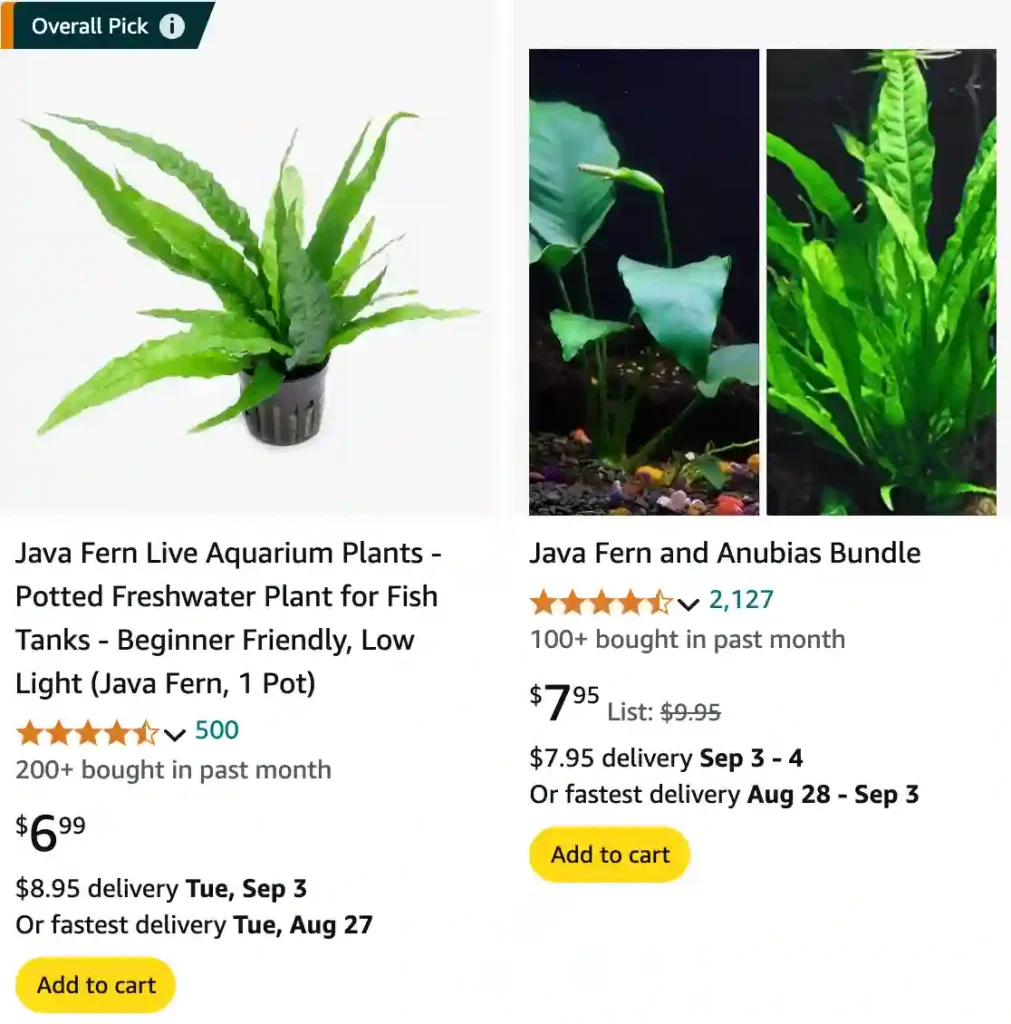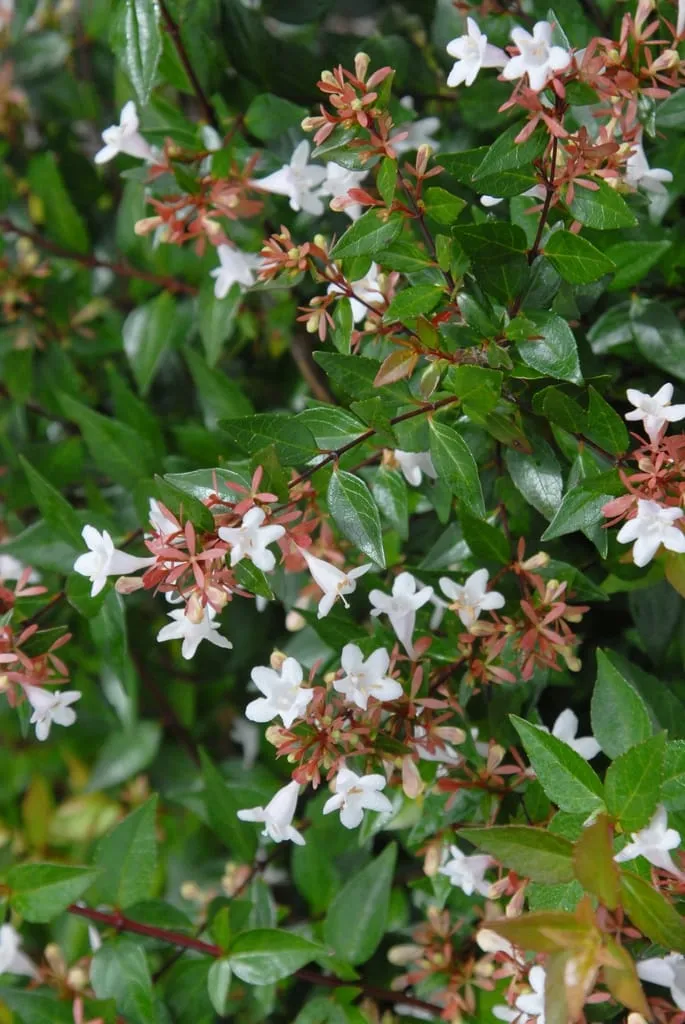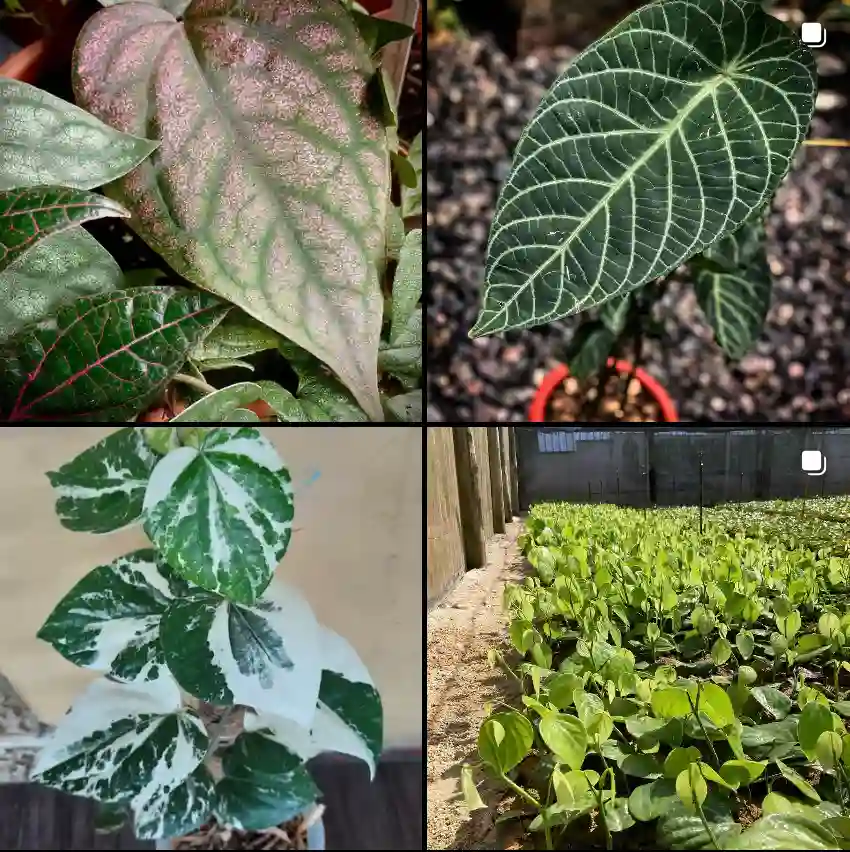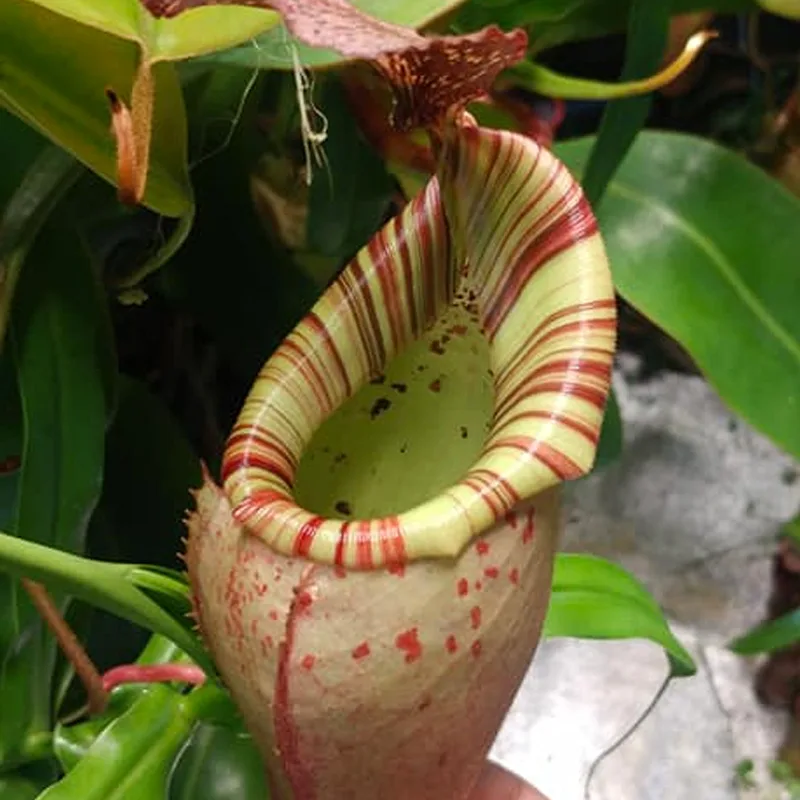
FAQs About Java Fern
Java Fern, or Leptochilus Pteropus (synonym Microsorum Pteropus), is a popular choice for both beginner and experienced aquarists. With its lush, green foliage and minimal care requirements, it’s no wonder this plant is a staple in many aquariums. If you’re new to Java Fern or considering adding it to your tank, you might have several questions about its care and maintenance. Here’s a comprehensive guide addressing some of the most frequently asked questions about Java Fern.
33 Species in Genus Microsorum
How to Plant Java Fern?
Planting Java Fern is straightforward and doesn’t require soil. Instead, Java Fern can be attached to hard surfaces like rocks or driftwood. Begin by rinsing the plant to remove any debris. Then, gently secure the roots of the Java Fern to the chosen surface using fishing line or thread. Avoid burying the rhizome (the thick, horizontal stem from which the leaves grow) in substrate as it can lead to rot. Java Fern thrives when its rhizome is exposed to water and light.
How to Propagate Java Fern?
Java Fern propagates through a process called vegetative reproduction. The plant produces small plantlets, or “babies,” along the edges of its leaves. To propagate Java Fern, carefully detach these plantlets once they’re large enough to handle. You can then attach them to new rocks or driftwood in your aquarium. Alternatively, you can allow the plantlets to float until they develop roots and then reattach them.
How to Plant Java Fern in Aquarium?
Planting Java Fern in an aquarium follows the same steps as planting in general. Secure the Java Fern to rocks or driftwood using fishing line or thread. Place it in your aquarium where it will receive moderate light. Ensure the rhizome is not buried in the substrate to prevent rot. Java Fern is adaptable and will grow well in various water conditions, making it a versatile choice for many aquarium setups.
Can Java Fern Grow Out of Water?
Java Fern can tolerate periods of being out of water but thrives when fully submerged. It may continue to grow if partially exposed, but its leaves can dry out or become damaged. For the best results, keep Java Fern fully submerged in your aquarium or ensure it has access to high humidity if growing it outside of water.
How to Attach Java Fern to Rock?
Attaching Java Fern to rock is simple. Start by cleaning the rock to remove any dust or debris. Place the Java Fern’s rhizome against the rock and use fishing line, thread, or aquarium-safe glue to secure it in place. Avoid covering the rhizome with glue or substrate, as this can cause rot. Once secured, the plant will start to grow and spread over the rock, creating a natural, lush appearance.
Why Is My Java Fern Turning Brown?
If your Java Fern is turning brown, it could be due to several factors. Common causes include poor water quality, insufficient light, or excess nutrients. Brown leaves might indicate that the plant is struggling with too much direct light or a lack of nutrients. Check your aquarium’s water parameters and adjust lighting as needed. Remove any dead or decaying leaves to encourage new growth.
How Fast Does Java Fern Grow?
Java Fern is a slow-growing plant. It typically grows at a rate of about 1-2 inches per month under optimal conditions. Its slow growth rate makes it ideal for low-maintenance setups and allows it to adapt well to various tank conditions without quickly outgrowing its space.
Are Java Ferns Root Feeders?
Java Ferns are not root feeders. Instead, they absorb nutrients from the water through their leaves. This means that you do not need to worry about fertilizing the substrate, but ensuring the water quality and providing occasional liquid fertilizers can benefit the plant.
Can Java Fern Float?
Java Fern can float if it becomes detached from its attachment point. However, it’s best to secure the plant to a rock or driftwood to prevent it from floating. Floating Java Fern can eventually attach itself to surfaces in the aquarium, but it may not grow as healthily compared to one that is properly anchored.
Do Goldfish Eat Java Fern?
Goldfish may nibble on Java Fern, but they generally do not cause significant damage. Goldfish are more likely to uproot or disturb plants rather than consume them. If you notice excessive nibbling or damage, consider providing alternative food sources or using plants that are more resilient to goldfish.
Do Java Ferns Need CO2?
Java Fern does not require additional CO2 to thrive. It can grow well in both low and high CO2 environments. However, in a well-maintained aquarium with adequate CO2 levels, Java Fern may grow a bit faster and have more vibrant foliage.
Do Java Ferns Need Fertilizer?
Java Fern benefits from occasional fertilization, especially in tanks with low nutrient levels. Liquid fertilizers can help provide essential nutrients and promote healthy growth. However, over-fertilizing can lead to algae growth, so use fertilizers sparingly and according to the manufacturer’s instructions.
Does Java Fern Need Light?
Java Fern prefers moderate lighting but can tolerate low light conditions. Too much direct light can cause algae growth and damage the plant. A standard aquarium light or low-intensity LED light is usually sufficient to keep Java Fern healthy and thriving.
Does Java Fern Produce Oxygen?
Java Fern does produce oxygen through photosynthesis, but its oxygen output is relatively low compared to other aquatic plants. It still contributes to the overall health of the aquarium environment by helping to balance the oxygen levels.
Java Fern vs Amazon Sword
Java Fern and Amazon Sword have different care requirements and appearances. Java Fern is a slow-growing plant with broad, undivided leaves, ideal for low-light conditions. Amazon Sword grows faster, has long, lance-shaped leaves, and requires more light and nutrient-rich substrate.
Java Fern vs Anubias
Java Fern and Anubias are both hardy aquarium plants with similar attachment methods. Java Fern has thinner, more delicate leaves compared to Anubias, which has broader, sturdier leaves. Anubias generally grows slower but can handle lower light conditions better than Java Fern.
Java Fern vs Java Moss
Java Fern and Java Moss differ in appearance and growth habits. Java Fern has rigid, structured leaves and attaches to surfaces, while Java Moss is a creeping, branching moss that can cover large areas. Java Moss requires higher light and grows faster than Java Fern.
Java Fern vs Narrow Leaf
Java Fern and Narrow Leaf differ primarily in leaf shape and size. Narrow Leaf Java Fern has longer, thinner leaves compared to the broader leaves of standard Java Fern. Both varieties have similar care requirements, but the Narrow Leaf variant can add a unique texture to your aquarium.
Java Fern is a versatile and low-maintenance plant that enhances any aquarium setup. Whether you’re a beginner or a seasoned aquarist, understanding its needs and characteristics will help you keep it healthy and thriving.
If i die, water my plants!



